Filter News
Area of Research
- Biology and Soft Matter (1)
- Chemical and Engineering Materials (1)
- Chemistry and Physics at Interfaces (3)
- Clean Energy (4)
- Computational Chemistry (1)
- Energy Frontier Research Centers (3)
- Functional Materials for Energy (3)
- Fusion Energy (1)
- Geographic Information Science and Technology (1)
- Materials (9)
- Materials Synthesis from Atoms to Systems (3)
- Materials Under Extremes (3)
- Neutron Science (5)
- Nuclear Science and Technology (1)
- Quantum Condensed Matter (1)
- Supercomputing (5)
News Type
Media Contacts
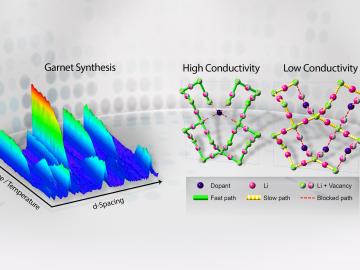
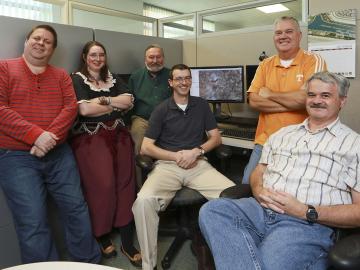
Bruce Lester has had a lot of jobs: fisherman, horse trainer, “professional stair builder.” He last worked for a real estate company, surveying land using geographic software. “When the bottom fell out of the construction industry and the company downsized, I got laid off,”


A new freight database developed with assistance from the Department of Energy’s Oak Ridge National Laboratory will help transportation officials improve highways, railroads and other trade routes across the country. With funding from the Department of Transportation’s Bureau of T...
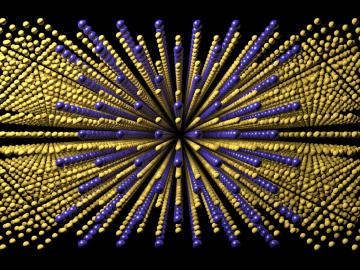
The Department of Energy’s Oak Ridge National Laboratory, FCA US LLC, and the foundry giant, Nemak of Mexico, are combining their strengths to create lightweight powertrain materials that will help the auto industry speed past the technological
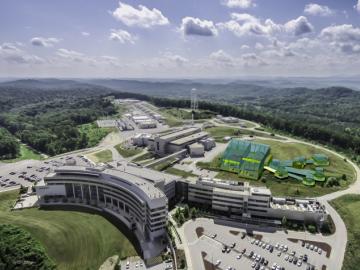
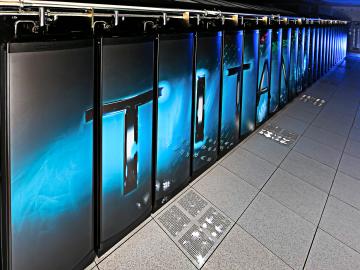
Oak Ridge National Laboratory gave social media users an exclusive tour of its supercomputer Titan on Nov. 5. Using Periscope, a live video broadcasting service app, Bronson Messer, senior scientist at ORNL's Scientific Computing and Theoretical Physics Groups...

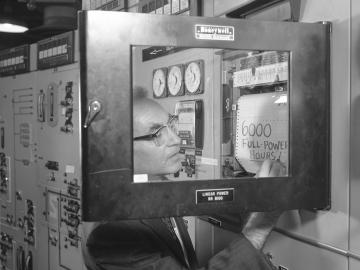
The Molten Salt Reactor Experiment (MSRE), which ran a brief four years in the 1960s but earned an enduring legacy as an innovative reactor technology concept, this year marks a half century since its June 1965 startup. A workshop on molten salt reactor technologies, "From the ...





